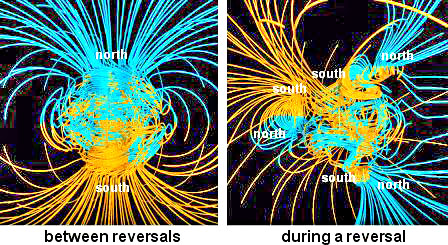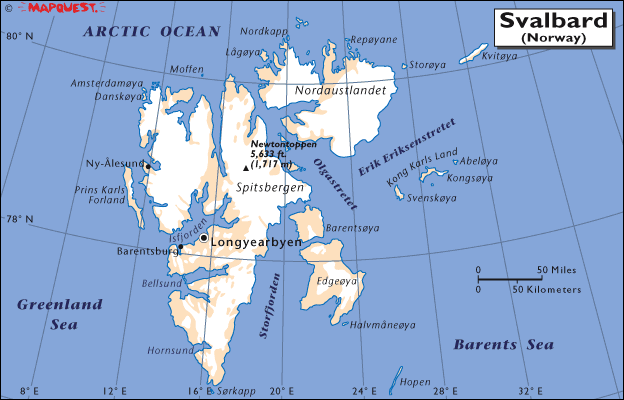In light of the vid put up by U/S , I thought I'd see if i could find something to give
those of us not so technically inclined on this subject a basic insight to the earths
magnetic field and how it was formed..
Dr Mario Acuna NASA Goddard space flight centre, explains current theories on
how the field may have been formed and how it works...I found it interresting...
Uploaded by GlobalClimateNews on 6 Jan 2012
A new documentary about earths polar shift is available online at: http://www.cbc.ca/documentaries/natu...orthgoessouth/
Facts about Magnetic North Pole
Since the 70s, the pole has moved more than 1500 km at a rate of 10 kilometres a year. In the 1980s, this increased to 30 km a year. Today, the Pole travels 50, even 60 km - close to 150 metres a day.
Scientists don't quite know why its speed has increased these past 20 years. The magnetic pole is moving northwest of the geographic pole and may soon be across the Arctic Ocean in Siberia.
To find their bearings, sailors the world over must know the exact angle of difference between the two geographic and the magnetic north poles: the 'magnetic declination.'
The magnetic pole moves from the North to the South and vice versa every 250,000 years on average and does it very suddenly. Over 180 reversals have been recorded already.
As the intensity of the magnetic field tends to diminish, our planet becomes more susceptible to solar storms. In 100 years, the intensity has decreased by 15%."
http://www.cbc.ca/documentaries/natu...orthgoessouth/
http://science.nasa.gov/science-news...magneticfield/
The above vid is older than i thought, but i think it is still current scientific theory by
NASA scientists !!
- Home
- Forum
- Chat
- Donate
- What's New?
-
Site Links

-
Avalon Library

-
External Sites

- Solari Report | Catherine Austin Fitts
- The Wall Will Fall | Vanessa Beeley
- Unsafe Space | Keri Smith
- Giza Death Star | Joseph P. Farrell
- The Last American Vagabond
- Caitlin Johnstone
- John Pilger
- Voltaire Network
- Suspicious Observers
- Peak Prosperity | Chris Martenson
- Dark Journalist
- The Black Vault
- Global Research | Michael Chossudovsky
- Corbett Report
- Infowars
- Natural News
- Ice Age Farmer
- Dr. Joseph Mercola
- Childrens Health Defense
- Geoengineering Watch | Dane Wigington
- Truthstream Media
- Unlimited Hangout | Whitney Webb
- Wikileaks index
- Vaccine Impact
- Eva Bartlett (In Gaza blog)
- Scott Ritter
- Redacted (Natalie & Clayton Morris)
- Judging Freedom (Andrew Napolitano)
- Alexander Mercouris
- The Duran
- Simplicius The Thinker







 Reply With Quote
Reply With Quote
















Bookmarks